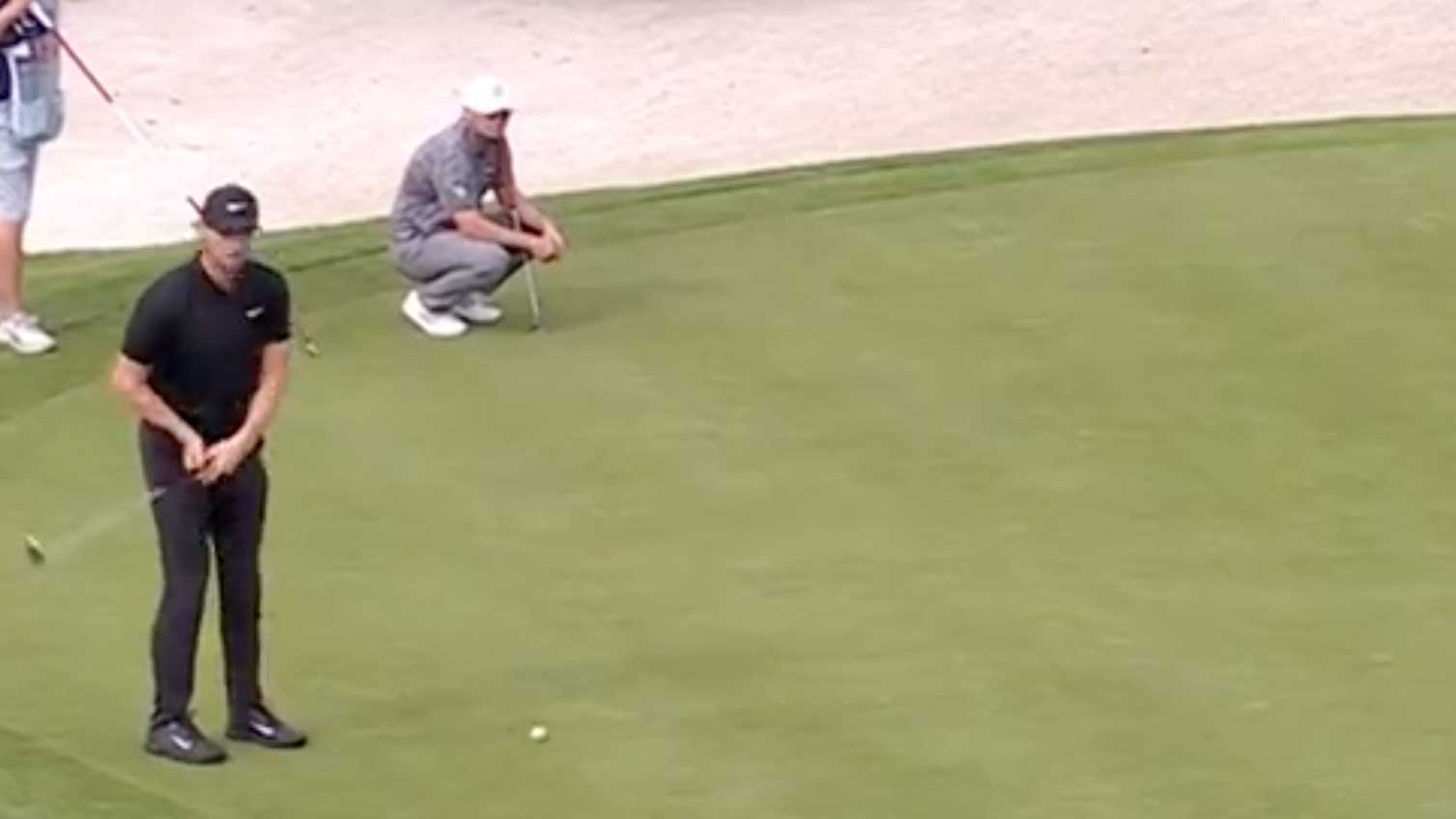Rules officials at the highest levels of the game usually get it right.
Usually, but not always.
One such exception played out on Friday at the DP World Tour event in France, where Thomas Pieters hit a putt on the 3rd green that, he said, he didn’t intend to strike.
“Kid coughed in my backstroke,” Pieters tweeted after the round. “I tried to stop…didn’t.”
Thomas’ awkward stroke/non-stroke on what was a 34-foot birdie attempt in the second round of the Cazoo Open de France advanced the ball about 5 feet. Unsure about how to proceed, Pieters called for a referee, who told Pieters that his stroke, despite Pieters’ attempt to stop it, counted and that he should play his fifth shot from where the ball lay.
Unconvinced, Pieters summoned another referee, who flipped the script. Because Pieters had not intended to hit his ball, the second referee deemed that Pieters could — under Rule 13.1d — replace the ball on its original spot without penalty. Pieters did so and two-putted for his par.
It’s impossible to know whether Pieters would also have two-putted had he not be granted a redo, but it would have been unlikely, given he would have been staring down a roughly 30-footer for his 5.
Later on Friday, when Pieters was still on the course, the weirdness got even weirder when the chief referee on site, Mark Litton, examined a replay of Pieters’ odd stroke and determined that, in fact, the first referee had made the correct ruling. Under the definition of a stroke, Litton said, Pieters’ putt should have counted.
But it was too late to rectify. As the R&A’s rules book states: “Where a referee in stroke play incorrectly advises a player that his or her stroke does not count and to play again without penalty, the ruling stands and the player’s score with the replayed stroke is the player’s score for the hole.”
Some botched rulings are more consequential than others, and after the second round in France — when Pieters was 10 back of leader Rasmus Hojgaard — this incident looked destined to be nothing more than a wacky footnote.
But that was then.
In the third round on Saturday, Pieters surged, firing a five-under 66, while Hojgaard stumbled, posting a 74 that included a quintuple-bogey on the par-3 2nd. Through 54 holes, Hojgaard is still leading, at 12 under, but only by one.
And Pieters? He’s now just two back.
Should Pieters win by a stroke on Sunday, he’ll have, in part, one of the year’s strangest rules snafus to thank for it.
